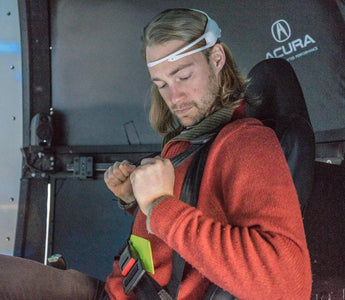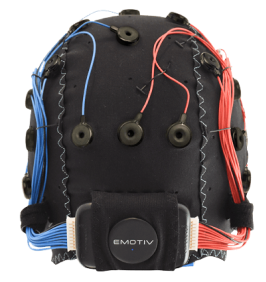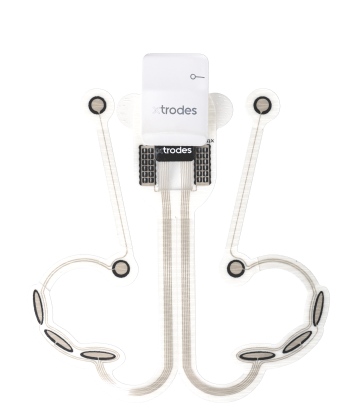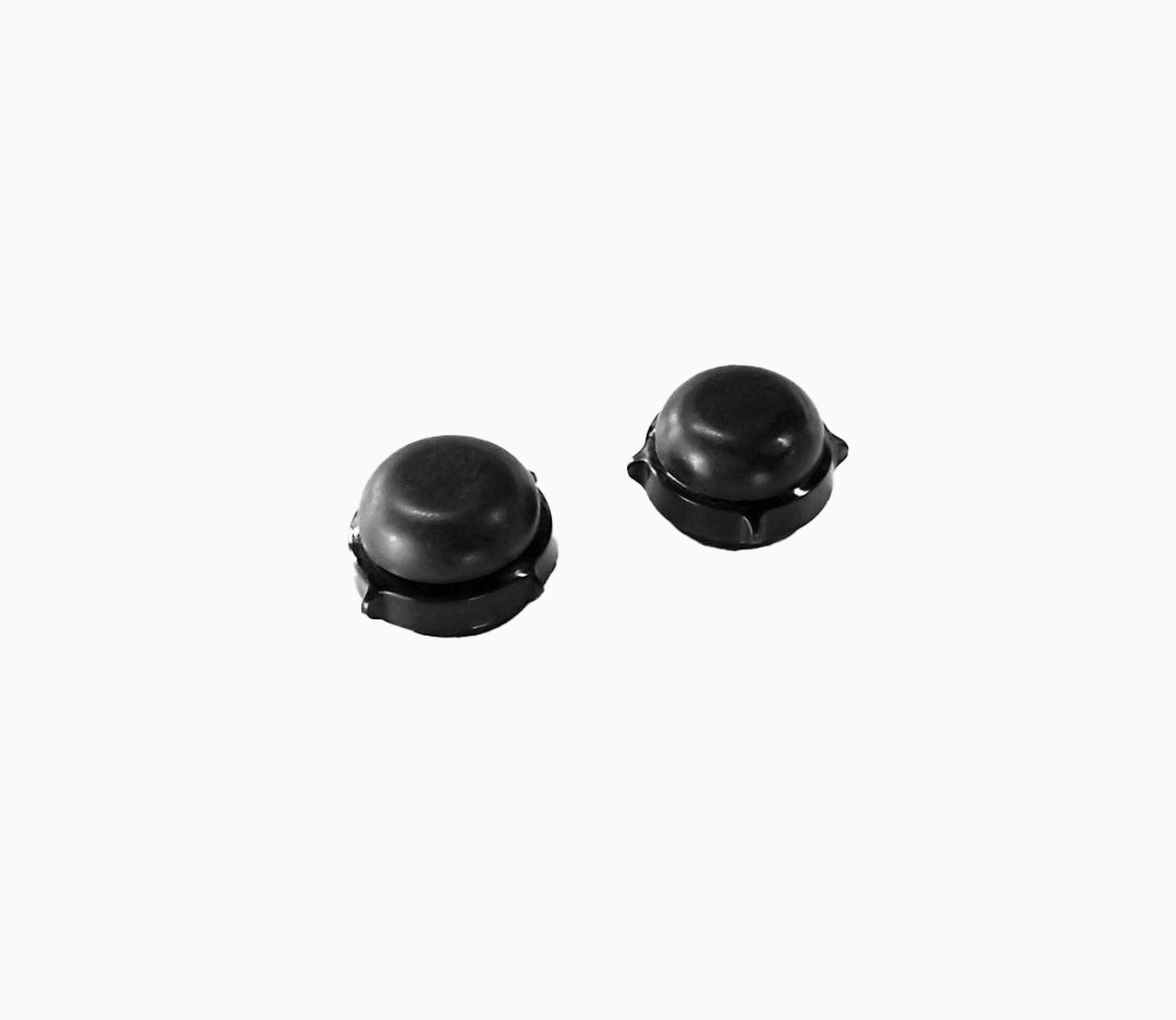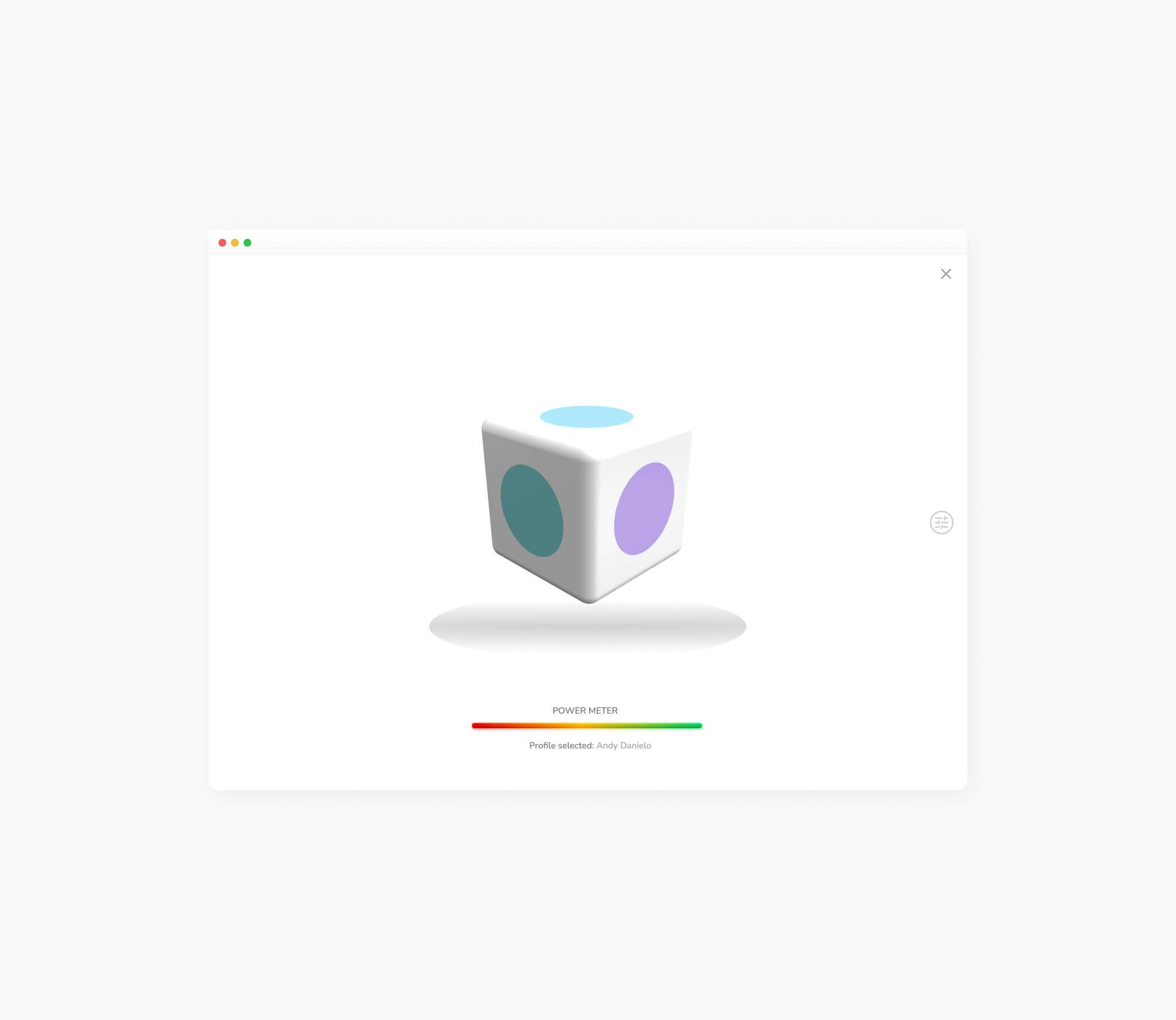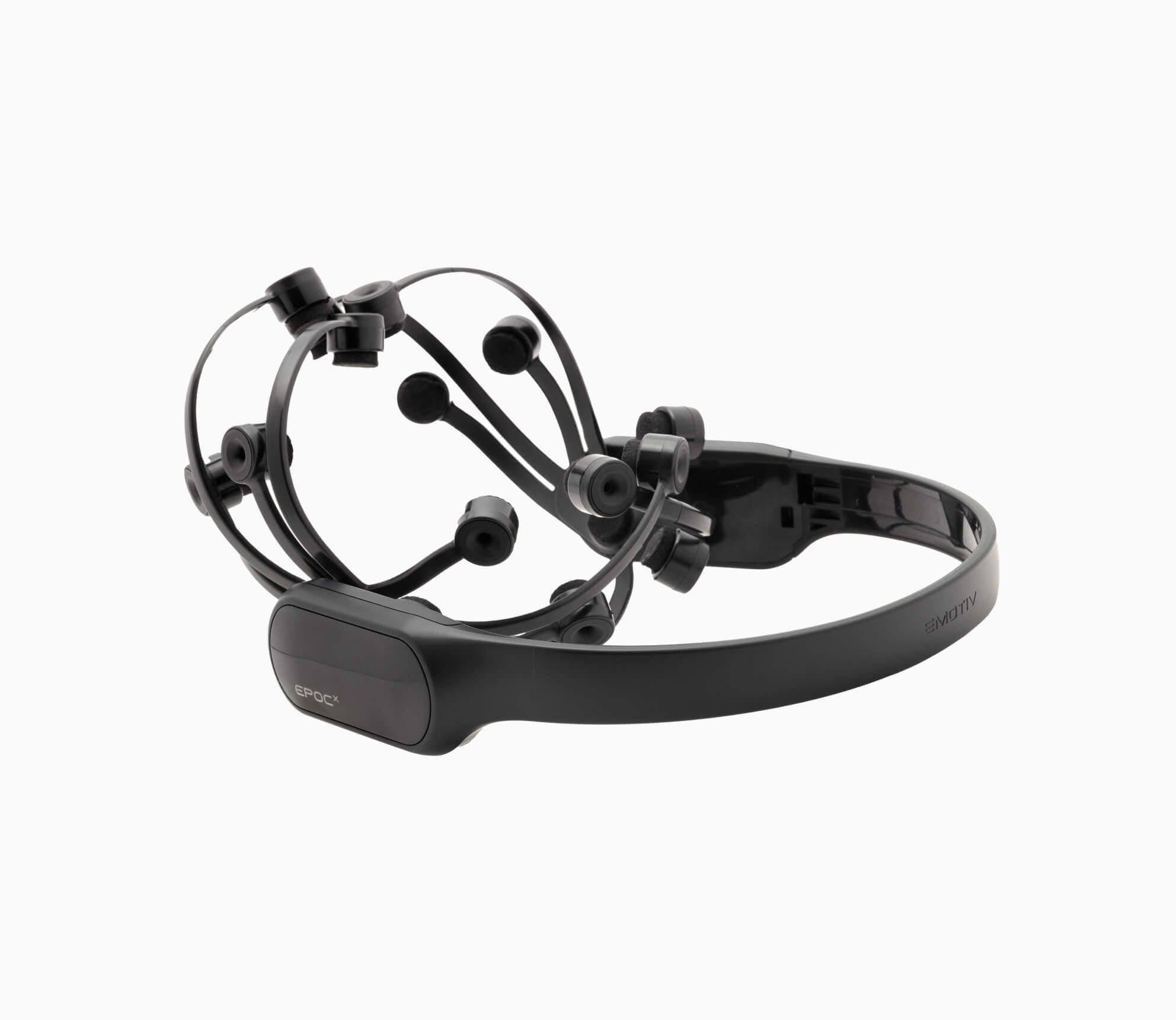How BCI can elevate the AR/VR experience – Many have long dreamed of operating machines using only thought. We at EMOTIV are making that dream a reality by redefining the brain-computing interaction. We are a recognized pioneer and market leader in this field enabling people everywhere to understand their brain better, use thoughts to control objects, and leverage insights to improve themselves. You can be a part of this with research opportunities that will shape the future of the human brain.
BCI (brain-computer interface)
A BCI, also called a brain-machine interface, sends and receives signals between the brain and an external device. Every time we think, move, feel or remember something, our neurons are using biochemical and electrical signals to do their work. These signals can be detected using electroencephalography (EEG) and interpreted by a BCI computer program. A BCI can transmit external commands to control a device (such as a computer cursor, robotic arm or wheelchair). A person can think “move left” and the cursor moves to the left.

BCI research represents a rapidly growing field and could be useful in many applications, including military and medical operations, disaster management, and rehabilitation. Researchers are also using BCI to understand neural networks in real-time and what that could mean at the cognitive level. BCI software can also “translate” mental commands from EEG data into commands in a video game.
Getting Personal in the BCI (VR/AR) world
When most developers think about the AR/VR environment, they think about how they can enhance buttons: smashing them with more exciting shooting action, bigger explosions, and more fiery crashes. But EMOTIV’s BCI API can be used to create an entirely different set of infinitely cool elements. This means being able to personalize the AR/VR environment based on feedback from the user’s brainwaves, or decode individuals’ reactions to a virtual environment. Imagine creating apps that adjust colors, difficulty levels, sounds, and other immersive elements depending on how the user is feeling or what they are thinking in the moment. It’s like injecting a bit of magic into your AR/VR world.

To see how BCI can elevate the user experience, have a look at the mind-bending Acura Mood Roads interactive driving experience that took place at the 2017 Sundance Film Festival. It provides a peek into how you can sweeten your games and AR/VR apps.
Applications of BCI (VR/AR)
Our EMOTIV headsets have been widely used in BCI applications. In a typical BCI experience, users will train an application to recognize a single thought that will be used to control a virtual or physical object. Some exciting applications include commanding drones or wheelchairs, creating music or art, or adapting digital experiences to real-time emotions. EMOTIV offers brain-computer interface devices that can be paired with its brain-computer interface software, EmotivBCI. EmotivBCI can directly implement a BCI within a computer. Or, it can pair with the free open-source platform NodeRed, which interfaces BCI outputs to external devices and implements direct mental control over real-world equipment. When paired with our EMOTIV Insight or EMOTIV EPOC X, EmotivBCI and NodeRed allow developers to build BCI applications.
Let’s look at a few specific examples of applications.
Improving Learning ability with Virtual Reality in Education
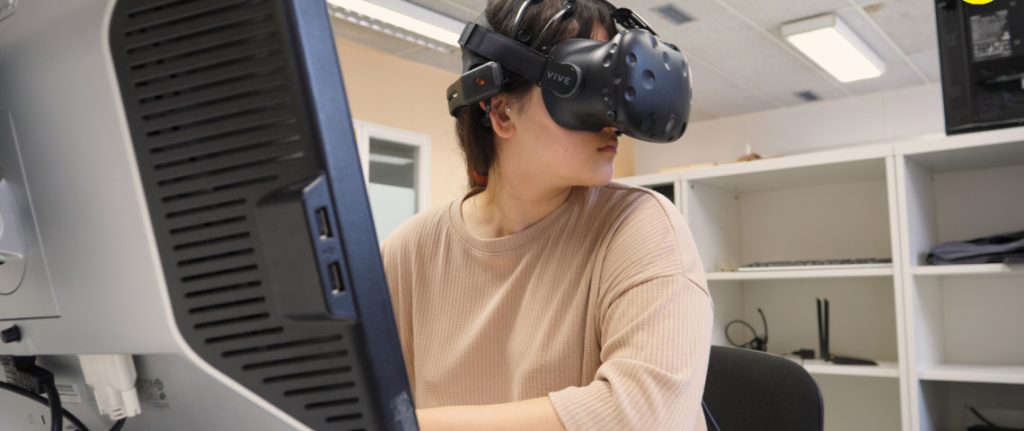
Researchers conducted a study with students to investigate the effect of virtual reality on learning ability and physiological state. The study used 6 sets of videos (3 videos in a two-dimensional condition and 3 videos in a three-dimensional condition), and students’ learning ability was analyzed based on a subsequent questionnaire. The results of the study showed that the learning ability of students was increased in the three-dimensional condition compared to that in the two-dimensional condition. In addition, students paid more attention to the three-dimensional videos suggesting that a virtual reality condition has a greater effect on enhancing the learning ability of students.
Controlling a Rover through BCI and EEG
BCIs are often used as assisted living devices for individuals with motor or sensory impairments. Here’s how two incredible devs created a BCI to control a rover with just thoughts and an EMOTIV Insight.
Exciting Cinematic Experiences through VR
An EMOTIV art-science project explored the use case of a neuro-interactive film, combining two innovative modalities: immersion in an omnidirectional film in virtual reality (VR) and the use of EEG sensors from an EMOTIV EPOC to measure the live experience of the viewer. The cinematic experience allowed spectators to step into a scene from the film, “Freud’s Last Hypnosis”, and embody two different points of view: that of Freud and that of his patient.
Innovative Therapies
We have seen incredible therapeutic advances in BCI for people with physical or cognitive disabilities. With our headsets, BCI can be used in the home or other real life environments to increase access to innovative therapies. As an example of this, wearable technology and digital innovation is supporting people with serious diseases and mobility issues in powerful ways. Accenture and Phillips in conjunction with EMOTIV, leveraged the use of BCI to develop software for people with ALS to control lighting, smart TVs and more.

As BCI continues to develop, it will unlock huge potential in a diverse array of fields. It will help us to better understand what our neural networks are doing in real-time, enabling people everywhere to understand their brain better, use their thoughts to interact with their environment, and improve their overall wellbeing.
EMOTIV is a recognized pioneer and market leader in the field of BCI enterprise solutions and EEG technology. Its award-winning EMOTIV EPOC+ headset and the 10-year anniversary edition EPOC X provide professional-grade BCI data for academic research and commercial use (EMOTIV EPOC X brain-computer interface).


